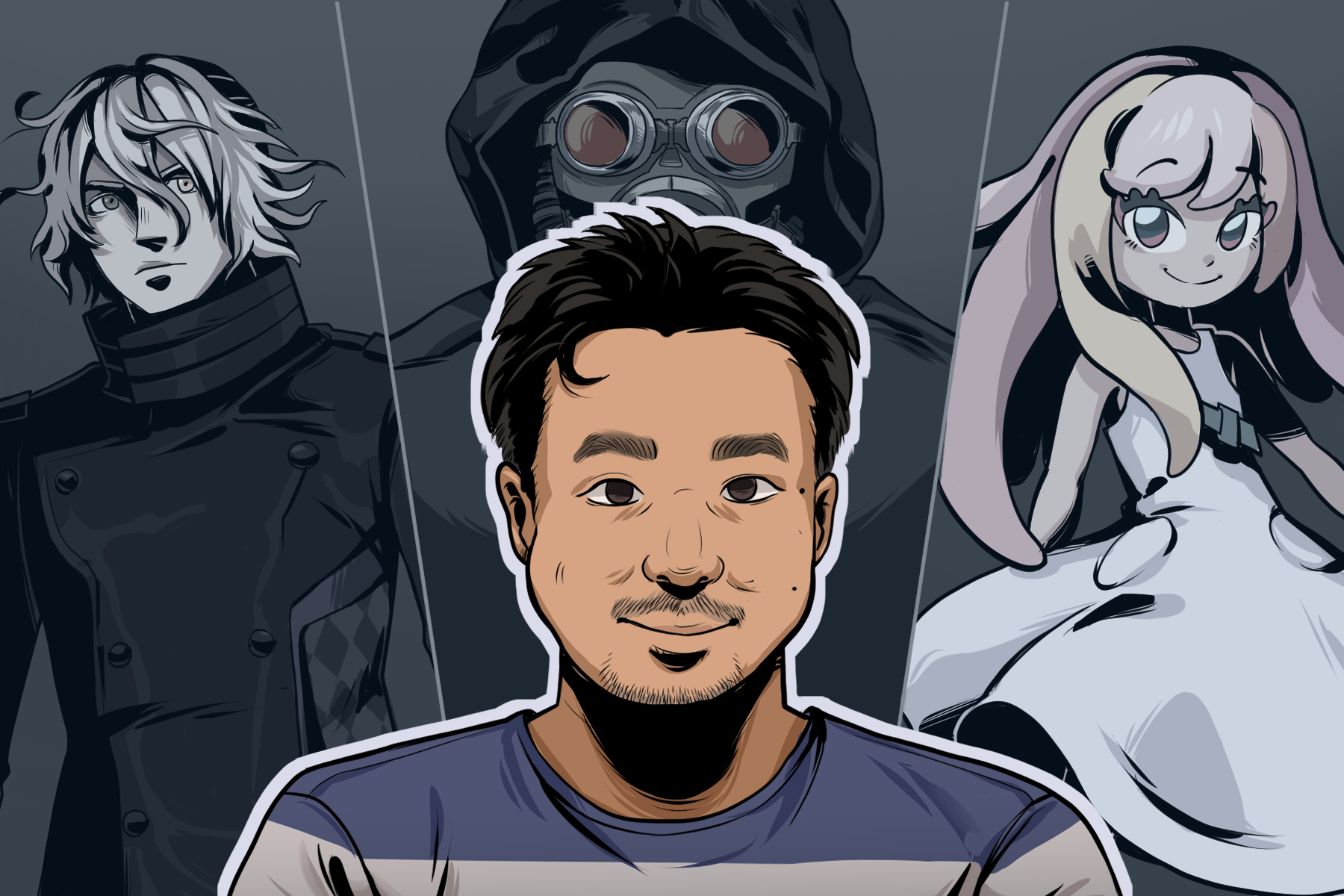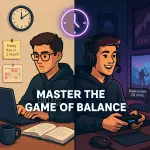In 1999, Kotaro Uchikoshi got his start in the gaming industry by creating 3D models for the promotional video game Pepsiman. Now, he gets to write and direct his own ideas as one of gaming’s leading visual novel and adventure game developers. For fans of sci-fi and puzzles who love nothing more than a mindboggling twist, Uchikoshi’s games are second to none. With the recent release of AI: The Somnium Files – Nirvana Initiative, there’s no better time to look back on his criminally underrated library of games.
While Uchikoshi worked on several adventure-type games as a freelancer, his first big claim to fame was directing and writing 999: Nine Hours, Nine Persons, Nine Doors with developer Chunsoft. The game follows Junpei, a college student who finds himself trapped on a sinking ship with eight other people. Junpei must solve a variety of puzzles to escape the ship, while dealing with the secrets and subterfuge of the people around him, and a variety of complicated sci-fi concepts. The game is split between a visual novel-esque mode where the player reads texts and looks at character sprites, and the puzzle mode, which enables an interactive environment.
999 was a landmark game for the adventure game genre, combining great writing and storytelling with clever, difficult puzzles. It proved to be the blueprint for many of Uchikoshi’s future games. Each of them incorporates elements like a large cast, complicated pseudoscience, and plot twists that turn the entire storyline on its head, all features that were prominent in 999. While a commercial failure in its home country of Japan, 999’s unexpected success in North America paved the way for a direct sequel, Virtue’s Last Reward.
Virtue’s Last Reward takes the basic ideas of 999 and ramps them up to eleven. It focuses on Sigma, yet another college student who is trapped in a facility with eight other people and must solve puzzles to escape. The game features several improvements, including 3D graphics instead of 999’s pixel graphics, full voice acting in Japanese and English, and an even more complex story. 999’s branching paths had six endings for the player to view, whereas Virtue’s Last Reward has up to 20. With this more complicated story naturally comes even more incredible plot twists that will leave the player’s head spinning.
To this day, Virtue’s Last Reward is often considered Uchikoshi’s magnum opus, and for good reason. Its jump to 3D graphics allowed for even more complex puzzles that incorporate the ability to view objects from all angles. Additionally, the game’s longer runtime allowed the writing to flourish, with more complex characters and plot elements. For modern players, 999 and Virtue’s Last Reward have thankfully been bundled into The Nonary Games. This collection features remastered versions of both games with some improvements, including full voice acting for 999.
While a critical success, the commercial failure of Virtue’s Last Reward left the series in an uncertain state. Fortunately, an outpouring of support from the North American fanbase allowed the trilogy to reach a conclusion. Zero Time Dilemma was released in 2016 and featured a unique gameplay structure that allowed the player to experience the plot out of order and piece together the overall timeline. While not as critically successful as its predecessors, it was nonetheless received as a worthy conclusion to the trilogy.
The three games together form the Zero Escape trilogy, which has become one of the most lauded adventure games in recent memory. It is often favorably compared to Ace Attorney and Danganronpa, two other adventure game series that are credited for popularizing the genre in the West. Additionally, they established Uchikoshi as one of the premier adventure game developers. While he would eventually leave Chunsoft to pursue other opportunities, his contributions to the company wouldn’t stop there.
In 2019, Uchikoshi and Chunsoft released AI: The Somnium Files, a brand-new independent property. The game focuses on Kaname Date, a detective who must solve a murder mystery by going into the dreams of suspects and witnesses. The game built on the 3D graphics from the Zero Escape series, using the additional processing power from newer consoles to provide a sleek, anime-esque style. Its puzzles eschewed the more complex approach of the Zero Escape trilogy in favor of more bizarre, unconventional puzzles that took full advantage of the dreams they took place in.
Somnium Files does away with much of the underwhelming aspects of the Zero Escape trilogy, such as the overcomplicated and lengthy exposition. Its characters are more well-rounded and likable, with particular praise for the relationship between Date and the AI that accompanies him, Aiba. The puzzles can be difficult due to the lack of logic, but it’s only fitting for a game that takes place inside dreams. Finally, it has perhaps the best plot twist yet in all of Uchikoshi’s games — one that’s well-foreshadowed and understandable but will still make you look at the entire game in a different light.
While initial sales were disappointing, strong word of mouth managed to earn Somnium Files its well-deserved recognition. In 2022, it would receive a sequel in AI: The Somnium Files – Nirvana Initiative, which took many of the elements from the first game and expanded on them. Its plot is bolder, focusing on two different investigations into the same case six years apart. The puzzles are, thankfully, much more understandable without sacrificing the dream-like logic. It’s a more-than-worthy successor to the original title.
Uchikoshi currently heads Too Kyo Games alongside other developers like Kazutaka Kodaka of Danganronpa fame. Their first major game, World’s End Club, came out in 2020, and Uchikoshi is currently working on their next adventure game, Tribe Nine. While Uchikoshi’s games have a strong following, they still lack the recognition and appreciation they truly deserve. Zero Escape and Somnium Files contain some of the best stories that video games have to offer, and they should be recognized by more in the gaming community. It’s worth looking into the wild ride offered by the great works of Kotaro Uchikoshi.


















I was curious if someone has already played Zero Escape and Somnium Files at the same time? Which of the two do you feel the strongest in terms of story and logical thinking situations?